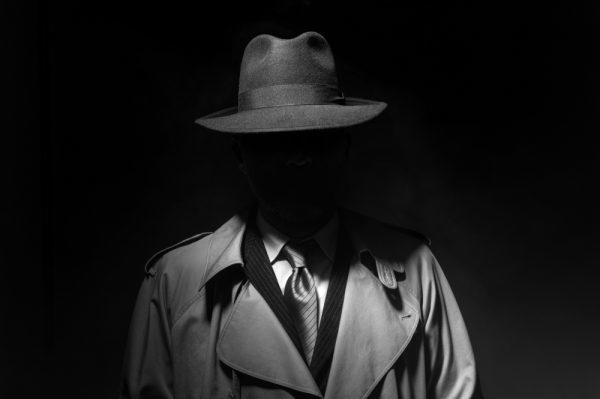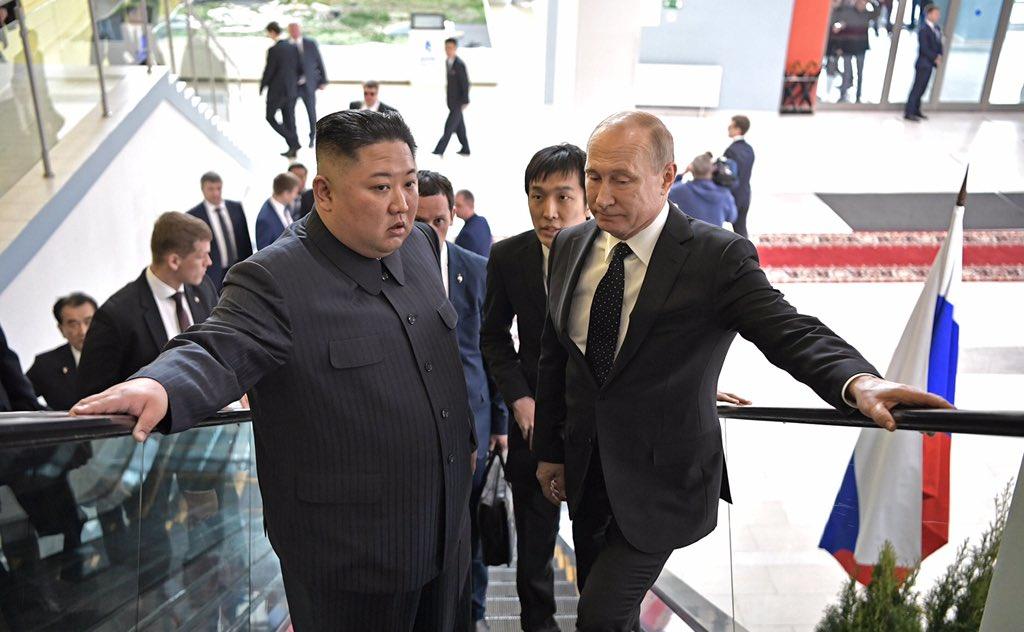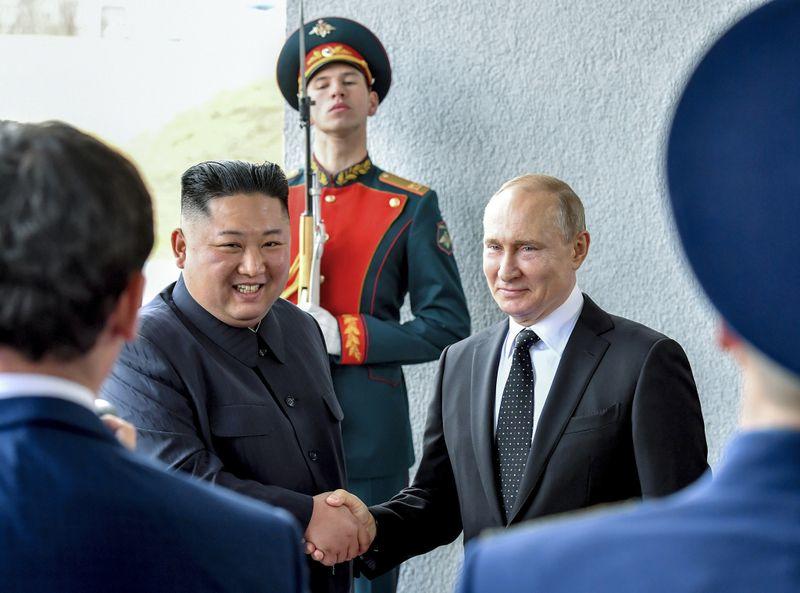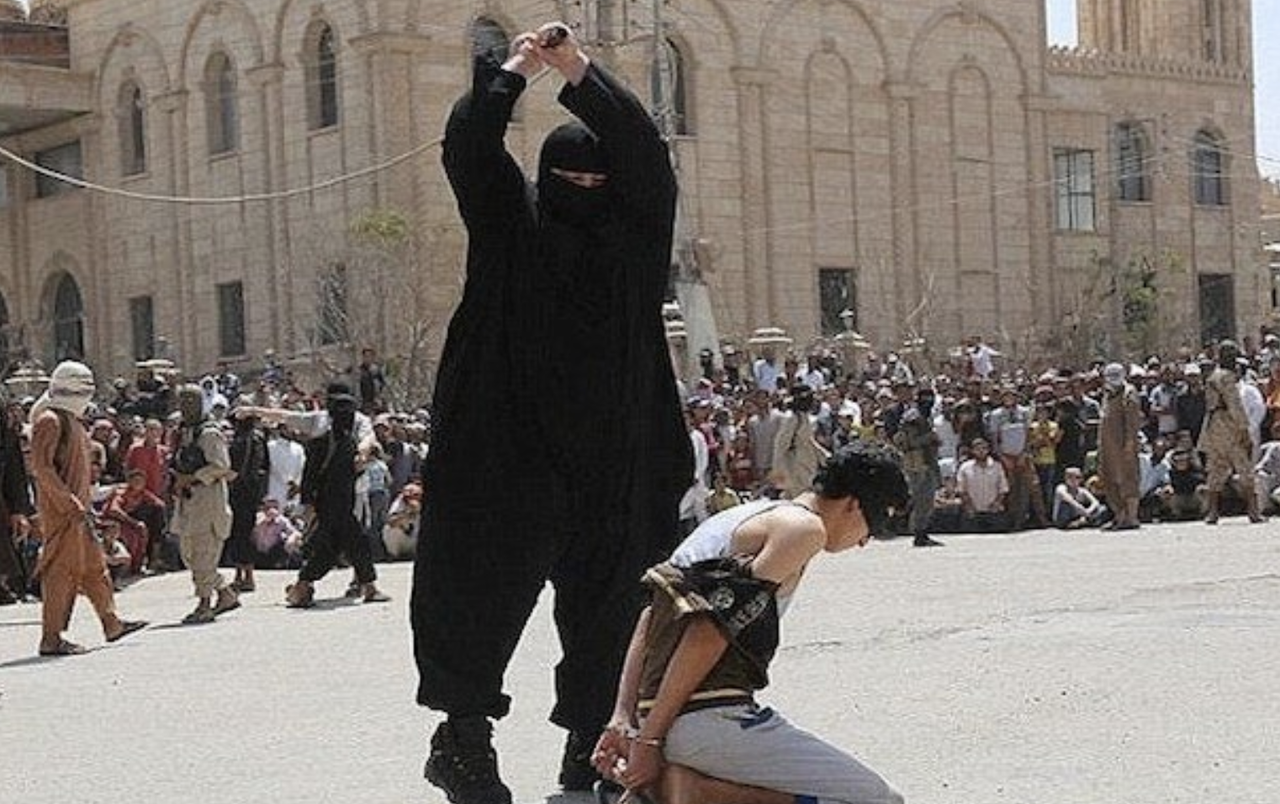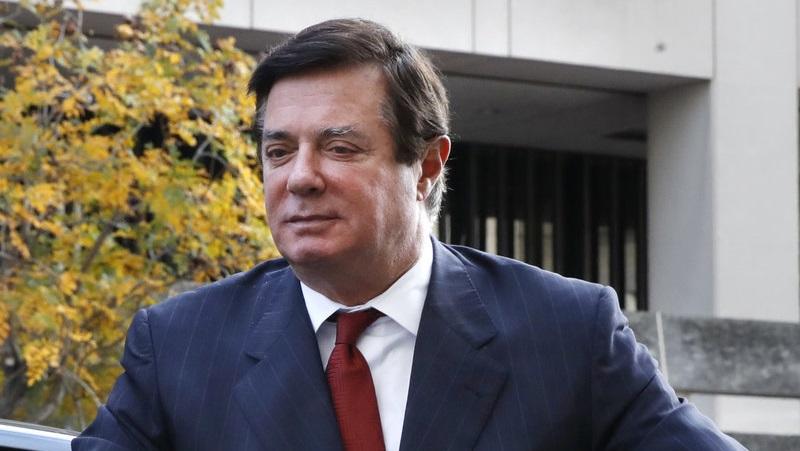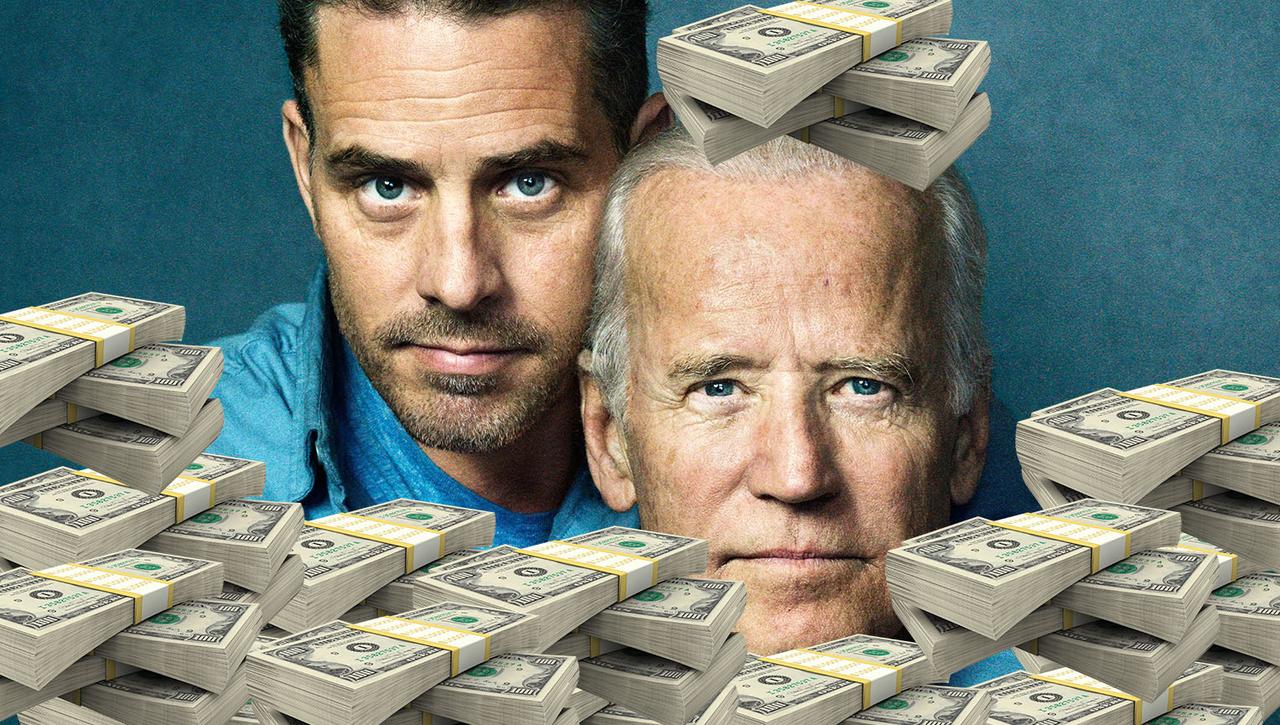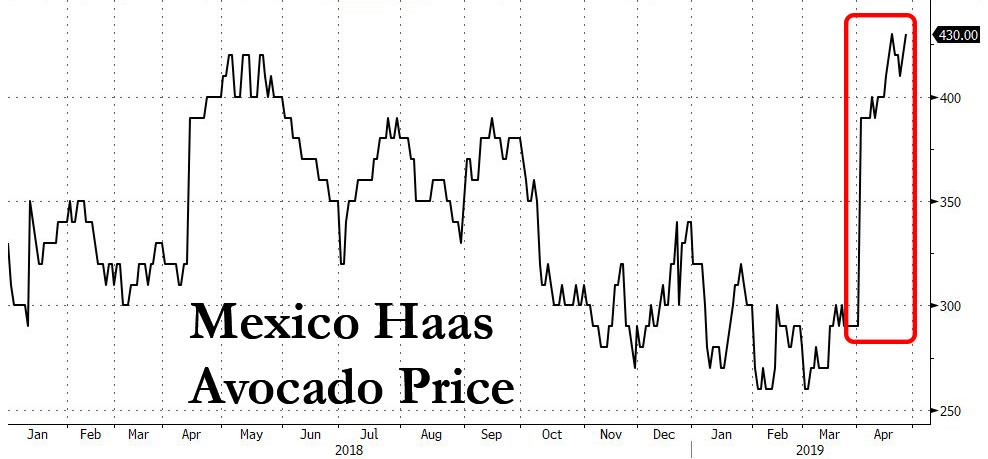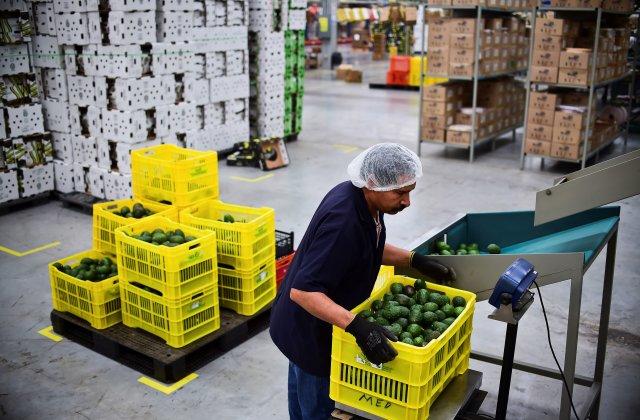Submitted by Jessica Rabe of DataTrek Research
With the beginning of golf season finally here, we’ll tee off today’s Story Time Thursday with a question for readers who play the sport: do you get more nervous about putting for birdie or par? As a golfer myself I’ll admit that as much as it’s rewarding to make a birdie, I take some comfort when trying to do so in knowing that I have one more attempt before shooting over par for any particular hole. Missing birdie is a bummer, but I’d rather play it safe so I can tap in for par rather than face a long, difficult putt back to stay even on a hole and potentially bogey.
Amateur thinking, I know… but it turns out this behavioral bias plagues even the likes of now five-time Masters champion Tiger Woods. We dug up one of our favorite golf studies to not only explain this phenomenon, but the important lessons it teaches for investing. So if you don’t golf, hang in there… But first, here’s the background and results of this highly cited study in the American Economic Review published in 2011:
- Chicago Booth Professor Devin Pope and Wharton Professor Maurice Schweitzer analyzed over 2.5 million putts attempted by 421 players in 239 PGA Tour golf tournaments between 2004 and 2009.
- The study found that golfers are “significantly less accurate” when putting for eagle or birdie versus putting for par or bogey. On average, golfers make birdie putts “2 percentage points less often than they make comparable par putts” because they focus more on the latter in order to avoid a loss.
- The professors discovered that although golfers should remain unbiased during any putting attempt, strokes for birdie were softer and less accurate than strokes for par. Ultimately, players “sacrifice success when putting for birdie to avoid difficult follow-up putts”. Sounds like someone I know… In any case, the disappointment of conceding a bogey outweighs the gratification of achieving a birdie.
- Consequently, this loss aversion cost the average golfer at least one stroke per tournament. As the latest Masters showed, one stroke can make all the difference in golf. Tiger beat out three other professional golfers by that small difference just a week and a half ago.
The study also showed how costly missing a putt can turn out. For example, had the 20 highest ranked golfers improved their scores by one stroke in 2007, they would have grossed an additional $640,000 on top of the $4 million in tournament earnings they received that year.
As for how all this relates to investing, a few points:
- The authors of the study concluded that “loss aversion persists in a market setting with intense competition, large stakes, and very experienced agents. Even the best golfers—including Tiger Woods—exhibit loss aversion.” No doubt capital markets also include those three characteristics, which can result in loss aversion even among the best investors.
- The professors also explained this loss aversion through the lens of the Nobel Prize-winning behavioral finance concept Prospect Theory. This theory suggests that people make decisions based on potential losses and gains rather than rational expectations of the outcomes. That’s why in golf, birdie putts often come up short in order to evade subsequent tough follow up attempts for par.
Likewise, there are many loss-averse implications in investing. For example, investors often take profits too early or cut losses too late. That’s why making and sticking to a plan with entry and exit points is so important. Doing so helps cut out irrational behavior stemming from our innate desire to avoid encoding a loss.Investors can also be more likely to buy losing rather than winning stocks, or sell winning rather than losing companies.
Of course, they should buy or hold onto stocks with positive price momentum and cut losses by selling stocks with negative price momentum.
Moreover, irrational investment decisions especially occur during extreme market environments. Many investors panic out of positions at suboptimal prices during market downturns, for example, or chase performance when a strategy has already lost its momentum.
In sum, the game of golf provides a mirror into behavioral biases also found in investing that often lead to irrational decision-making. Just like winning a major golf championship can come down to one stroke, as in the case of Tiger at the recent Masters, marginal trades can make all the difference when posting a profit or loss. That’s why learning how to manage these emotions can determine success whether it be in golf or investing. Small decisions out of fear of loss can result in big, adverse outcomes on the golf course or in the trading room.
Source: http://faculty.chicagobooth.edu/devin.pope/research/pdf/Website_Golf.pdf
via ZeroHedge News http://bit.ly/2ZEfttF Tyler Durden

